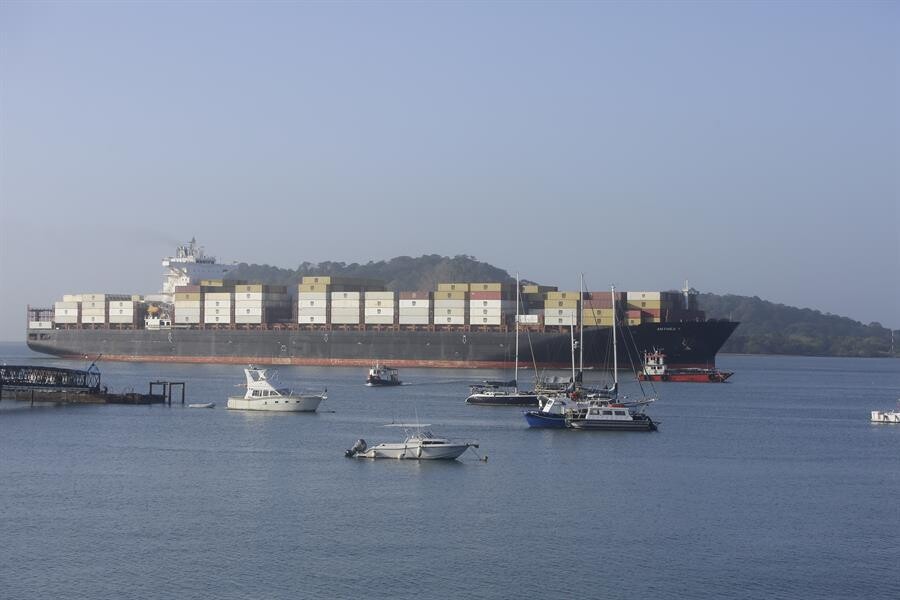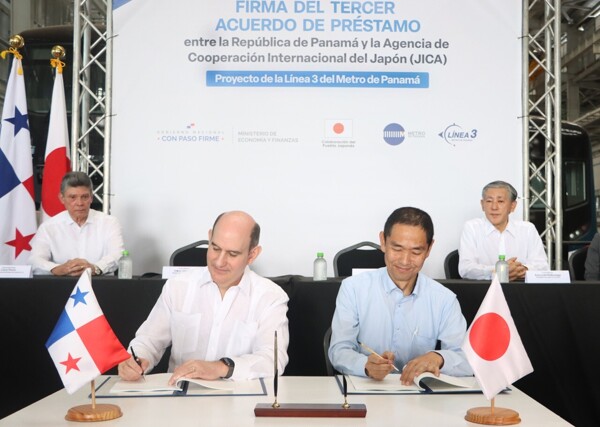
The U.S. State Department announced that the Government of Panama decided not to charge fees to U.S. government vessels passing through the Panama Canal, allowing them to save millions of dollars annually. The toll for warships is calculated based on water displacement, different from commercial vessels, and is regulated by a neutrality treaty to ensure fairness.
The former Canal administrator indicated that exempting U.S. vessels from payment would violate the neutrality treaty. Despite this, Panamanian law prohibits the Government and the Canal Authority from waiving toll payments. The tolls are established after a public hearing and approval by the Canal Board of Directors.
From 1998 to 2024, of the 373,039 vessels that passed through the canal, only 994 U.S. warships represented 0.3%. During that time, revenues from these transits totaled 25.4 million dollars, averaging less than a million annually. According to recent reports, the cost to transit the Canal includes both fixed and variable tolls, as well as other maritime services.
Tensions between the U.S. and Panama increased following the incorrect announcement of an alleged agreement for U.S. vessels to transit for free. However, Panamanian authorities denied such a commitment. This coincided with Marco Rubio's visit and agreements to prioritize the transit of U.S. vessels. Canal tolls are established fairly and follow a regulated process to ensure their transparency.













